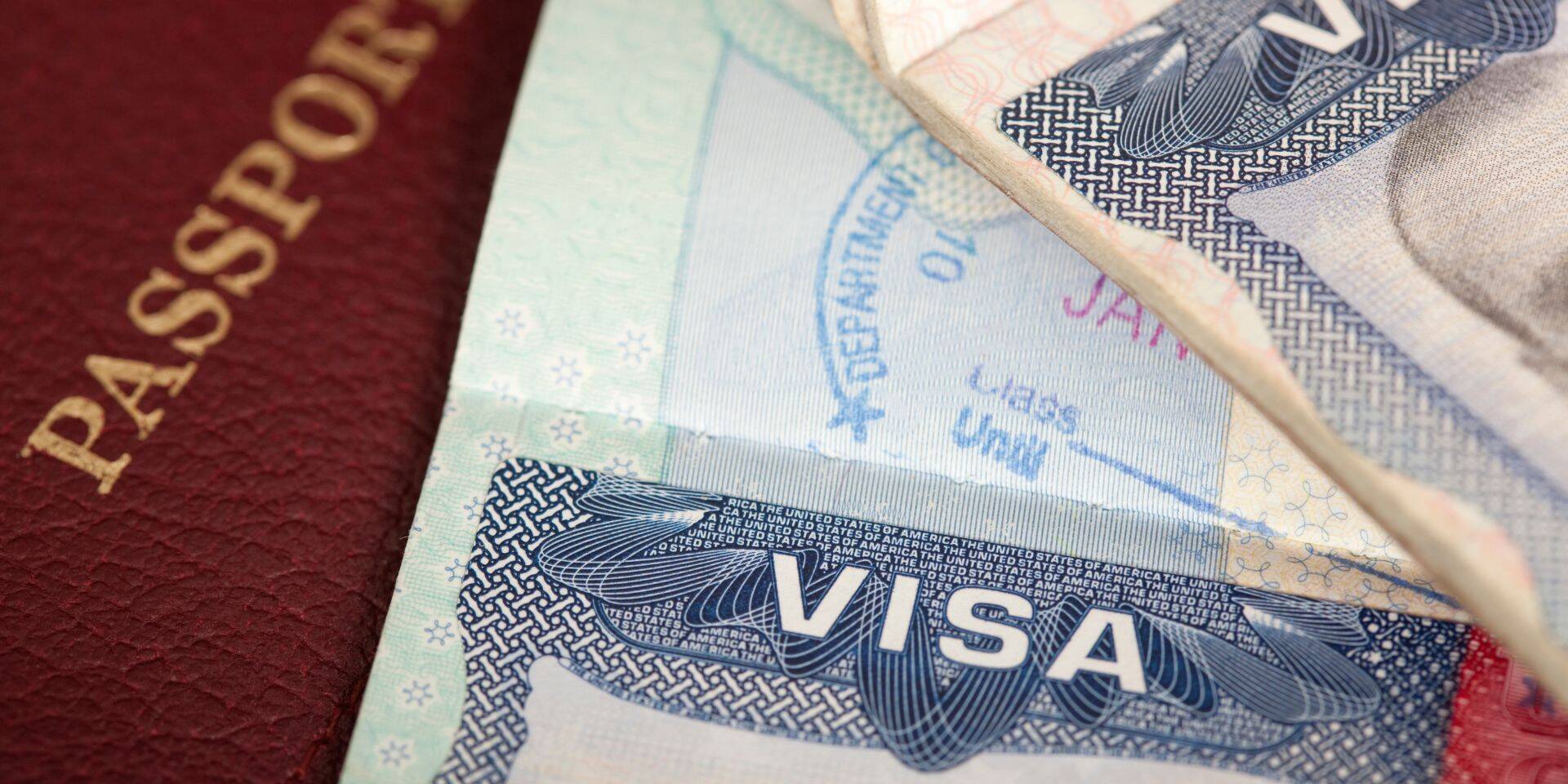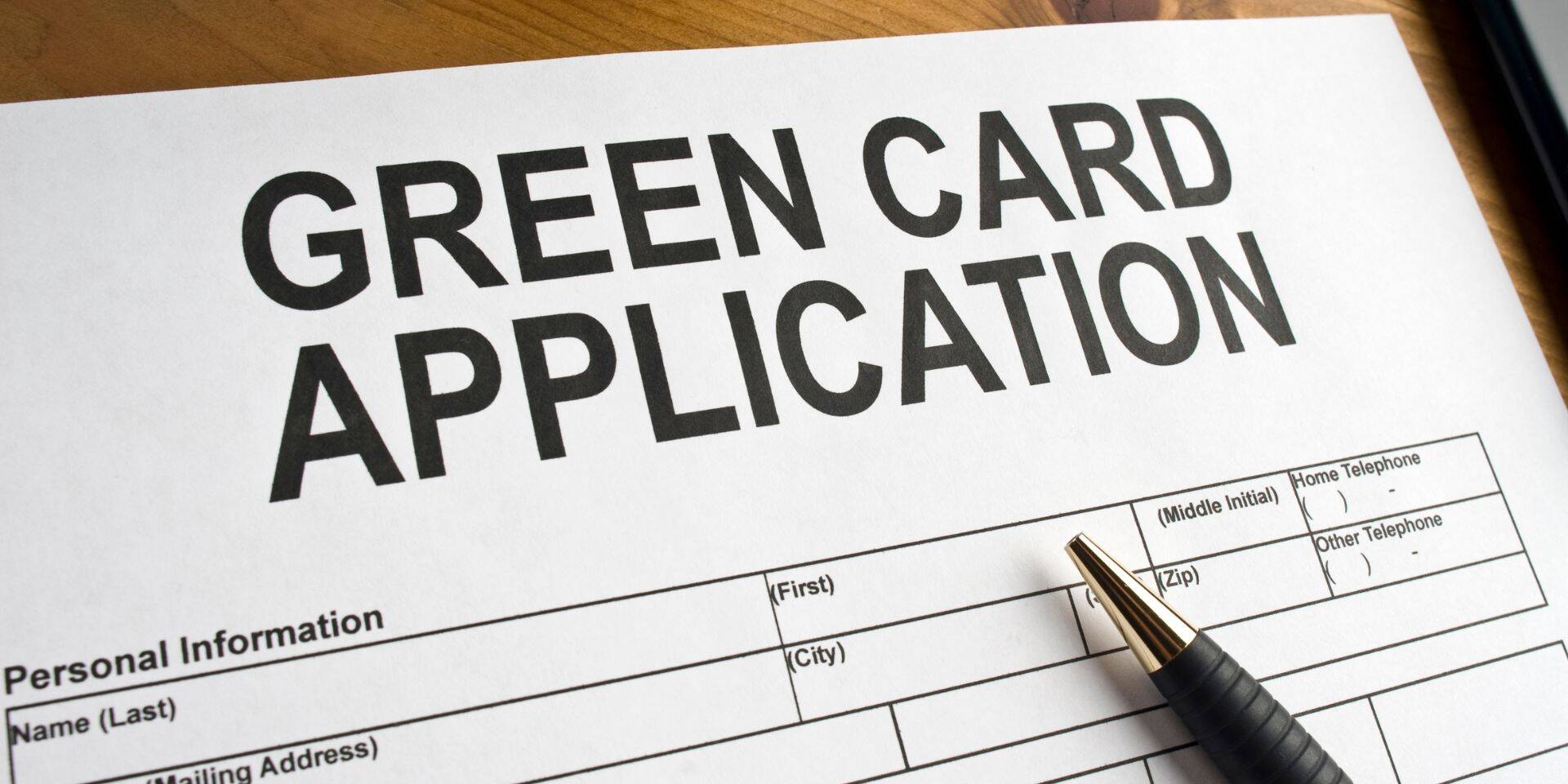Starting with the adoption of a definition of statelessness, the Department of Homeland Security is focusing on creating protections and addressing the unique needs of these individuals living in the United States. Per the United Nations, a stateless person does not have the nationality of any country. However, the U.S. doesn’t have a definition, making it hard for the government to identify the unique needs of these individuals.
Once a standardized definition is adopted, DHS will identify the unique barriers stateless individuals face while living in the U.S. With that understanding DHS is committed to creating programs and addressing the protection of stateless individuals. In their announcement, DHS stated they are committed to “pursuing initiatives to enhance recognition of, and protections for, vulnerable populations, including stateless individuals within the United States.”
One of the challenges stateless individuals face is the lack of identity documents. As such, DHS will work to reduce the barriers to accessing immigration status and the related benefits. DHS will adopt a specific definition of statelessness for immigration purposes. Then, they will build a program on how to determine stateless status in the U.S. Coordinating with the Department of State, DHS will track the obstacles that limit the ability of stateless individuals to access immigration relief and related benefits. Subsequently, DHS will work to limit or eliminate the barriers, allowing qualifying stateless individuals to proceed with immigration cases.
DHS will work with the United Nations High Commissioner for Refugees (UNHCR), interagency partners, and the public to communicate, gather feedback on proposed efforts, and announce further actions.
If you have questions about your immigration-related issue, contact us at ILBSG. We continue to monitor ongoing proposed changes that may affect immigration and keep our clients informed to ensure they get the right advice.
Related Posts
March 25, 2025
ICE Reinstates No Release Policy Amid Federal Judge Order
A group of New York attorneys claims…



